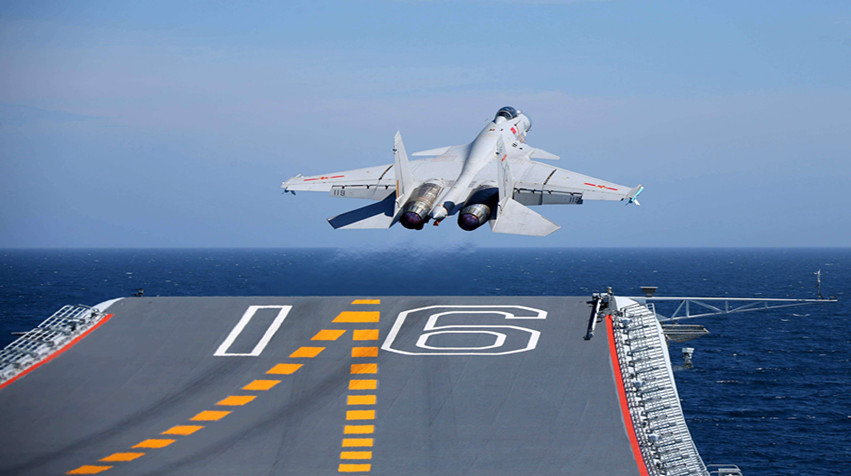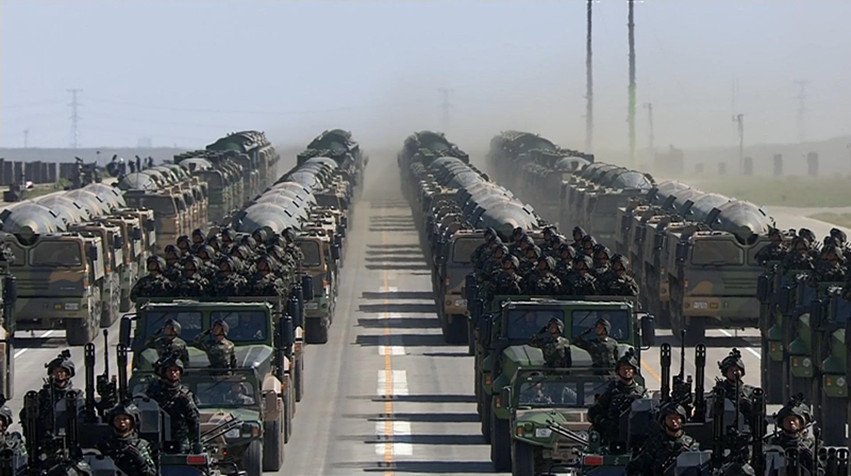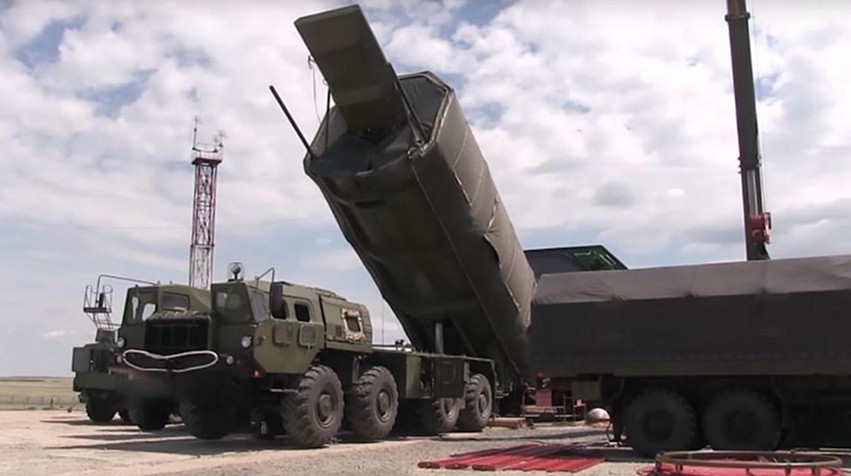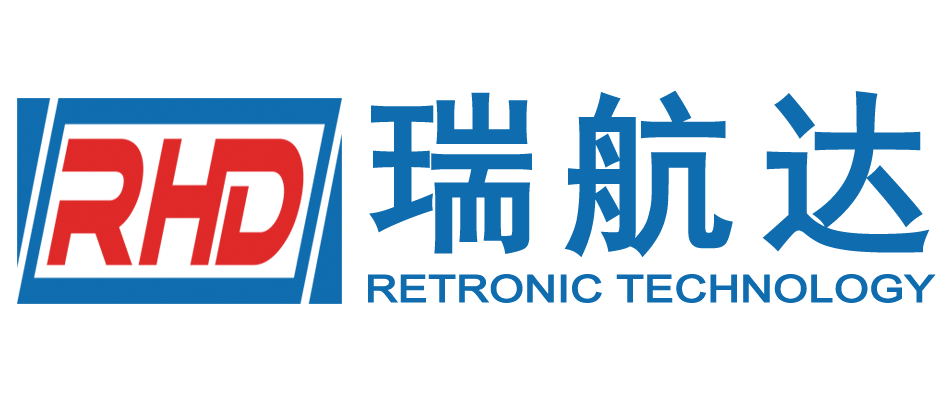
application area
National defense industry
National defense industry

Military chip is the core and foundation of modern science and technology and military, and it is also the important instrument of the country. Military chip refers to the professional integrated circuit (IC) applied in the field of national defense and military, which is widely used in military computers, navigation, aviation, aerospace, radar, missiles and other fields. According to different functions, it can be specifically divided into sensing chips, communication chips, control chips, power chips, memory chips and so on. Sensor chip refers to the chip that can sense the external physical or chemical quantity and convert it into an electrical signal output, such as temperature sensor, pressure sensor, photoelectric sensor, etc. Communication chip refers to the chip that can realize signal modulation, demodulation, encoding, decoding, amplification, filtering and other functions, such as baseband chip, radio frequency chip, modem and so on. Control chip refers to the chip that can realize the functions of logic operation, data processing, and instruction execution, such as microprocessor (CPU), microcontroller (MCU), digital signal processor (DSP), and so on. Power chip refers to the chip that can realize the conversion, control and management of electric energy, such as switching power supply chip, power amplifier chip, driver chip, etc. Memory chip refers to the chip that can realize the storage and reading and writing of data, such as random access memory (RAM), read-only memory (ROM), Flash memory (Flash), etc. The industrial chain of military chip mainly includes upstream raw material suppliers and equipment suppliers, midstream design companies and manufacturing companies, as well as downstream packaging and testing companies and application terminal manufacturers. The upstream mainly provides semiconductor materials (such as silicon, germanium, etc.) and semiconductor equipment (such as lithography machines, cutting machines, etc.), which are important factors affecting chip performance and cost. The midstream is mainly responsible for converting the design drawings into the actual circuit structure, and conducting testing and optimization. Downstream is primarily responsible for packaging and testing bare crystals and integrating them into various military equipment. According to the "2020-2026 China Military chip industry Market Prospects and Investment strategic planning Analysis Report" released by the Prospective Industry Research Institute, in 2019, the scale of China's military chip market is about 30 billion yuan, and it is expected to reach 80 billion yuan by 2026, with a compound annual growth rate of 18.5%. Among them, control chips accounted for the largest market share of about 40%, followed by communication chips and memory chips, accounting for 25% and 15% of the market share, respectively.

The development of military chip is facing many challenges, mainly in the following aspects: (1) the technology is difficult. Military chip requirements have high performance, high reliability, high security, high anti-interference and other characteristics, while adapting to a variety of harsh environmental conditions, such as high temperature, high pressure, high radiation, high humidity and so on. This puts forward extremely high technical requirements and standards for chip design, manufacturing, packaging, testing and other aspects. (2) High input cost. The R&D cycle of military chip is long, the investment is large, the risk is large, and the return rate is low. Generally speaking, the development cycle of a military chip takes 3-5 years, the investment needs tens of millions to hundreds of millions of dollars, and often needs to go through multiple tests and verification to achieve the desired effect. Moreover, because the market demand for military chips is relatively small and the sales price is relatively high, it is difficult to achieve large-scale production and economic benefits. (3) Strict foreign blockade. The United States has been trying to use its advantages in chip technology and industry to impose blockade and sanctions on China, restricting China's access to key raw materials, equipment, technology and intellectual property. For example, the United States has imposed export bans on Chinese companies such as ZTE and Huawei, preventing them from buying chips and other electronic components from American suppliers. The United States has also imposed entity list sanctions on Chinese chip companies such as SMIC and Huawei hisilicon, prohibiting them from using American technology or equipment to produce chips. In the face of these challenges, China has not been defeated, but has accelerated the pace of independent innovation and self-sufficiency, and has made remarkable progress and breakthroughs in the field of military chips. There are mainly the following aspects: (1) Strong policy support. The Chinese government attaches great importance to the development of military chip as an important part of national strategy and national defense security. In recent years, the Chinese government has introduced a series of policy measures to support the development and industrialization of military chips, such as the "National Integrated Circuit Industry Development and Promotion Outline", "13th Five-Year Plan" National Science and Technology Innovation Plan ", "14th Five-Year Plan" and "New Generation of Artificial Intelligence Development Plan". At the same time, the Chinese government has also set up a number of special funds and investment platforms to provide financial support and market guarantee for military chips. (2) Strong enterprise strength. China has a number of enterprises with strong strength and influence in the field of military chips, including state-owned enterprises, private enterprises and scientific research institutions. These enterprises cover all aspects of the industrial chain of military chips, from design, manufacturing, packaging, testing to application, forming a relatively complete ecosystem. For example, state-owned military groups such as China Electronics, China Telecom, and Aerospace Science and Technology have strong technological accumulation and market advantages in the design and manufacturing of military chips. Private enterprises such as Jingjiawei, Dashi Intelligence and Zhongke Shuguang have strong vitality and potential in the innovation and application of military chips. Research institutions such as the Institute of Microelectronics of the Chinese Academy of Sciences and the Institute of Microelectronics of Tsinghua University have strong academic levels and talent reserves in the research and development of military chips. (3) There are many technological breakthroughs. China has made a series of important technological breakthroughs and achievements in the field of military chips, enhancing its independent innovation capability and self-sufficiency. For example, the "Soul core No. 1" developed by CLP 38 and the "Huarui No. 1" developed by CLP 14 ended the history of China's domestic radar relying on imported DSP for a long time; As the leader of semiconductor equipment, NAURA has realized the research work of multiple key processes of 90-28nm; As a key component supplier of Beidou navigation terminal, Zhenxin Technology has realized the localization of baseband chips and RF chips. As a supplier of special microprocessors and FPGA chips, Unigroup has realized the localization of high-performance computers and aerospace control systems. As a military memory supplier, Hualichuangtong has realized the localization of high-speed SRAM and low-power DRAM.

Military chip is an important support for national defense security and military competition, but also an important embodiment of national strategy and international status. With the continuous advancement of China's military modernization and information technology, as well as the increasing technological competition and trade friction between China and the United States, the development of China's military chip will face more opportunities and challenges. This paper believes that the development prospects and trends of China's military chip mainly have the following aspects: (1) the demand is growing fast. As China's military equipment continues to upgrade, the demand for military chips will continue to grow. Especially in the field of high-end equipment such as satellites, missiles, drones, aircraft carriers, and stealth fighters, the performance, reliability, and security requirements of military chips will be more stringent. It is predicted that by 2026, the scale of China's military chip market will reach 80 billion yuan, with an annual compound growth rate of 18.5%. (2) Strong innovation drive. As China continues to catch up and surpass in semiconductor technology and industry, the innovation ability of military chips will continue to improve. Especially in emerging fields such as artificial intelligence, quantum computing, and hypersonic technology, the technical requirements for military chips will be more high-end and cutting-edge. It is predicted that by 2025, China will achieve the localization of military chips with processes below 28nm, and by 2030, it will achieve the localization of military chips with processes below 7nm. (3) Good coordinated development. With the continuous deepening of China's military-civilian integration strategy, the military chip field will form a more close and effective coordination mechanism. Especially in terms of policy support, capital investment, technology transfer, and market development, it will achieve mutual benefit and common development of military chips and civil chips. It is predicted that by 2025, China will establish a complete military chip industry chain and innovation chain, and form a number of internationally competitive military chip enterprises and brands.
